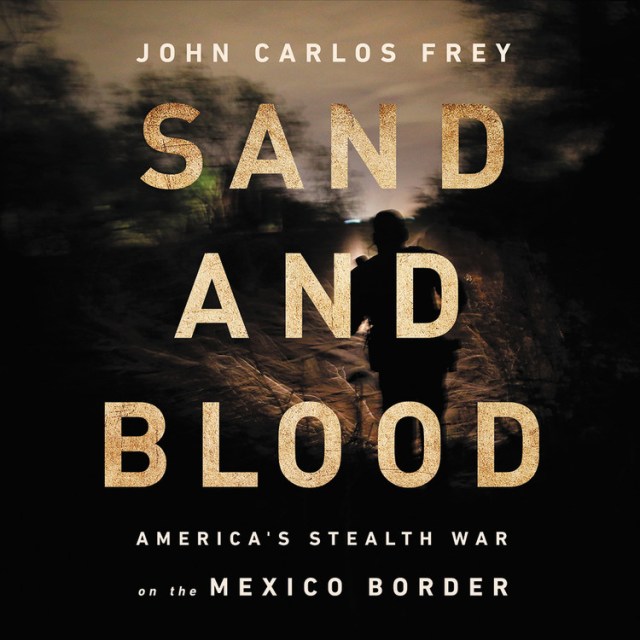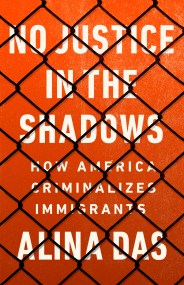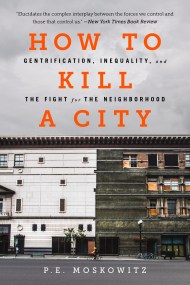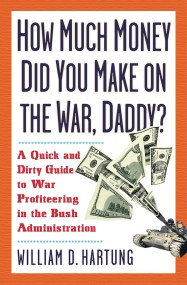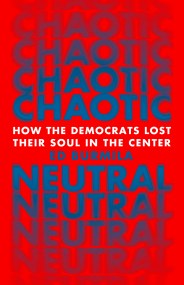Promotion
Use code MOM24 for 20% off site wide + free shipping over $45
Sand and Blood
America's Stealth War on the Mexico Border
Contributors
Read by Gustavo Rex
Formats and Prices
Format
Format:
- Audiobook Download (Unabridged)
- ebook $16.99 $21.99 CAD
- Hardcover $28.00 $36.50 CAD
This item is a preorder. Your payment method will be charged immediately, and the product is expected to ship on or around June 25, 2019. This date is subject to change due to shipping delays beyond our control.
Also available from:
A damning portrait of the U.S.-Mexico border, where militaristic fantasies are unleashed, violent technologies are tested, and immigrants are targeted.
Over the past three decades, U.S. immigration and border security policies have turned the southern states into conflict zones, spawned a network of immigrant detention centers, and unleashed an army of ICE agents into cities across the country.
As award-winning journalist John Carlos Frey reveals in this groundbreaking book, the war against immigrants has been escalating for decades, fueled by defense contractors and lobbyists seeking profits and politicians–Republicans and Democrats alike–who relied on racist fear-mongering to turn out votes. After 9/11, while Americans’ attention was trained on the Middle East and the wars in Iraq and Afghanistan, the War on Terror was ramping up on our own soil–aimed not at terrorists but at economic migrants, refugees, and families from South and Central America seeking jobs, safety, and freedom in the U.S.
But we are no safer. Instead, families are being ripped apart, undocumented people are living in fear, and thousands of migrants have died in detention or crossing the border.
Taking readers to the Border Patrol outposts, unmarked graves, detention centers, and halls of power, Sand and Blood is a frightening, essential story we must not ignore.
Over the past three decades, U.S. immigration and border security policies have turned the southern states into conflict zones, spawned a network of immigrant detention centers, and unleashed an army of ICE agents into cities across the country.
As award-winning journalist John Carlos Frey reveals in this groundbreaking book, the war against immigrants has been escalating for decades, fueled by defense contractors and lobbyists seeking profits and politicians–Republicans and Democrats alike–who relied on racist fear-mongering to turn out votes. After 9/11, while Americans’ attention was trained on the Middle East and the wars in Iraq and Afghanistan, the War on Terror was ramping up on our own soil–aimed not at terrorists but at economic migrants, refugees, and families from South and Central America seeking jobs, safety, and freedom in the U.S.
But we are no safer. Instead, families are being ripped apart, undocumented people are living in fear, and thousands of migrants have died in detention or crossing the border.
Taking readers to the Border Patrol outposts, unmarked graves, detention centers, and halls of power, Sand and Blood is a frightening, essential story we must not ignore.
Genre:
-
"[A] searing eyewitness report"Foreign Affairs
-
"A must-read book for any American citizen interested in breaking down immigration rhetoric on both sides of the aisle...It is imperative that we come to understand the factors that drive people to cross the border...Frey's work is a crucial step in that direction."AmeriQuests
- On Sale
- Jun 25, 2019
- Publisher
- Hachette Audio
- ISBN-13
- 9781549119767
Newsletter Signup
By clicking ‘Sign Up,’ I acknowledge that I have read and agree to Hachette Book Group’s Privacy Policy and Terms of Use
